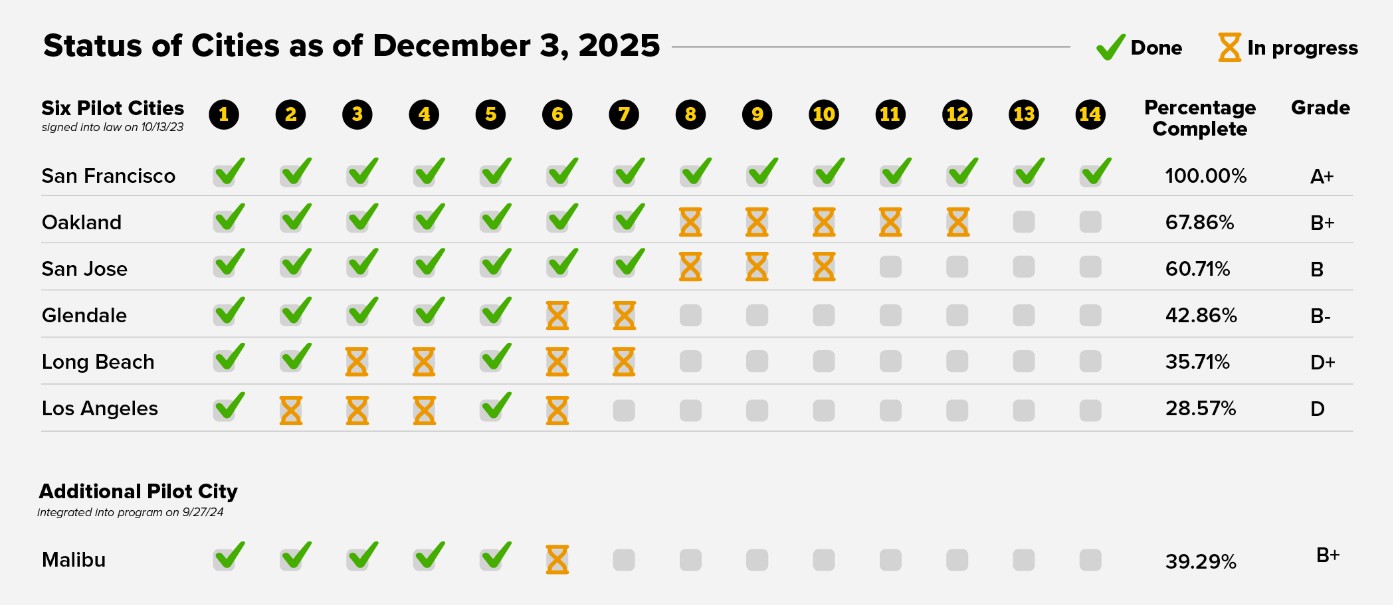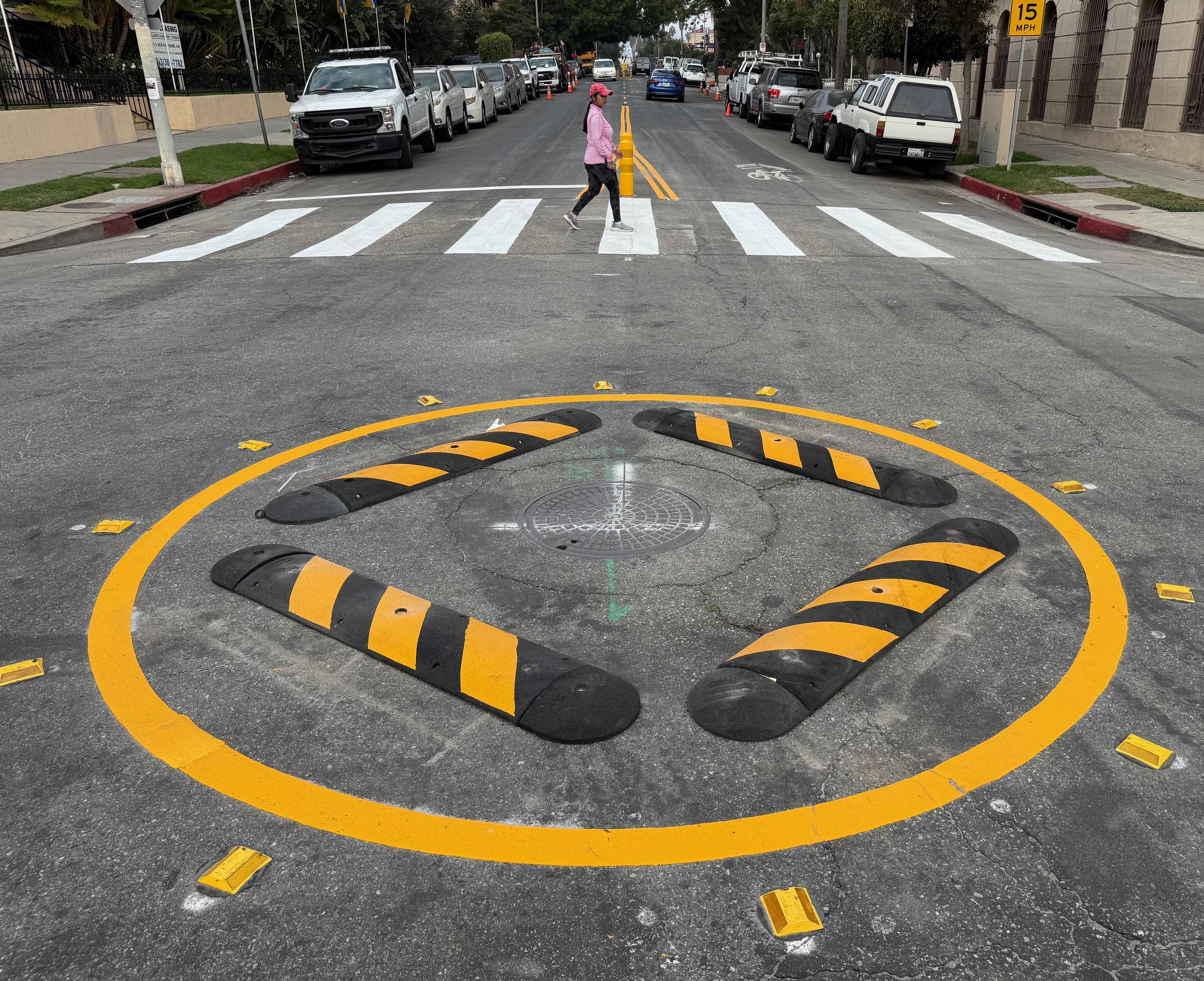Anyone that reads Streetsblog knows that one issue that makes this blog different than your run of the mill news source is that we have opinions on how a transportation system should and shouldn't be built. Some people charge that this bias taints our writing. Other times, it's clear that bias helps us ask questions that traditional journalists don't ask. That is especially true when it comes to the dubious value of highway widenings.
For some reason journalists, even ones we enjoy reading because they challenge government officials more often than not, tend to believe government officials when it comes to the alleged "benefits" of widening a highway to relieve congestion. One might think that in a region that has tried to widen itself out of congestion and failed miserably; that at some point the press would start asking, "Hey, does any of this make sense?"
If the coverage of the nearly $48 million widening of Route-91 from Route-241 to Route-71 in Orange and Riverside Counties is any indication, we haven't reached that point yet.
Today's Times features an article by the usually tough Ari Bloomekatz that reads more like a Caltrans press release than a story in the local paper of record. The article begins by celebrating that some people's commutes are about to get easier and ends with some ideas for the next great place to widen. Nowhere in the article is there any mention of "induced demand," "sprawl," or even an analysis of how much traffic and congestion will be created during the construction phase.
Here in the "biased" Livable Streets Blogosphere, we would take the time to point out that for some reason widening Southern California's freeways hasn't led to reduced commuting time and a sustainable transportation system. We might also note that the theory of "induced demand," which is embraced by urban and state DOT's across the country, posits that new travel lanes will be filled by new traffic within a couple of years of being built. In other words, the "improved commutes" for those traveling the I-91 won't be long-lived. In fact, considering the congestion that will be created by a year of construction, OCTA planners can't even prove that there will be a "net gain" in congestion reduction.
Just in case you thought I was just picking on Bloomekatz, the Orange County Register had a similarly themed story last week.






